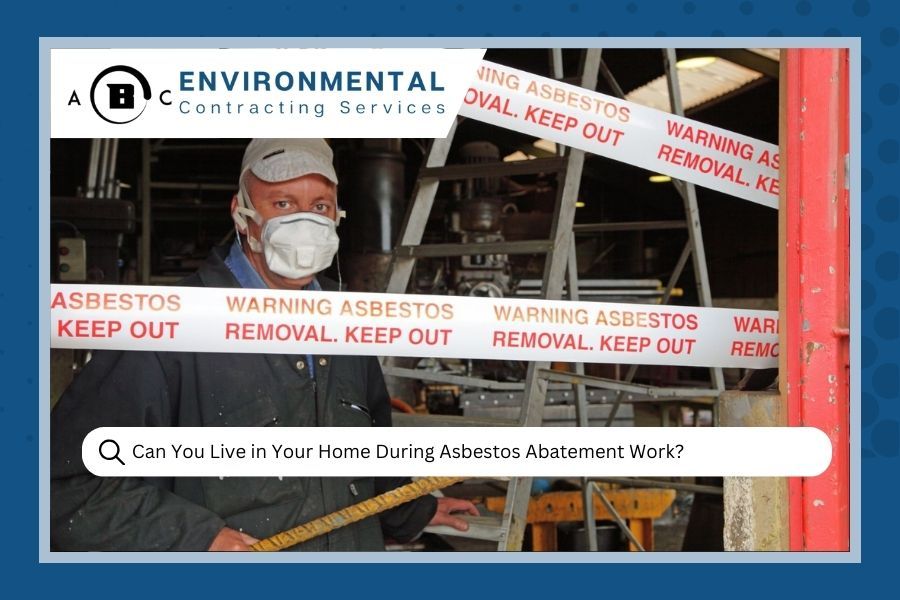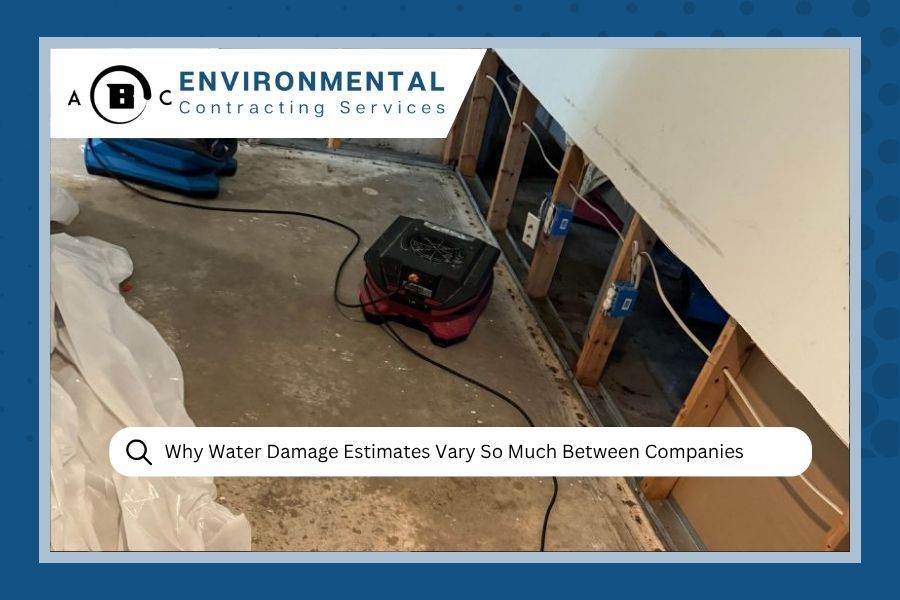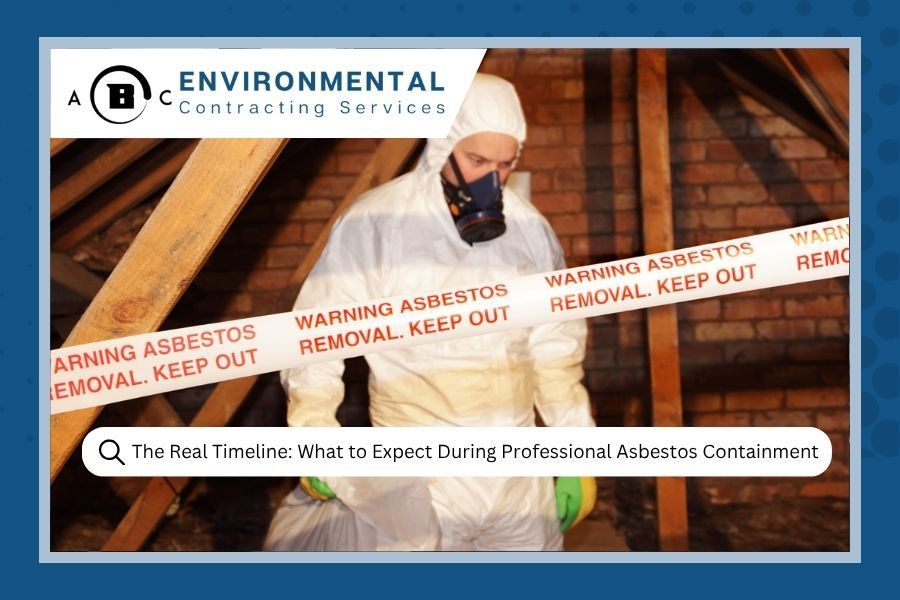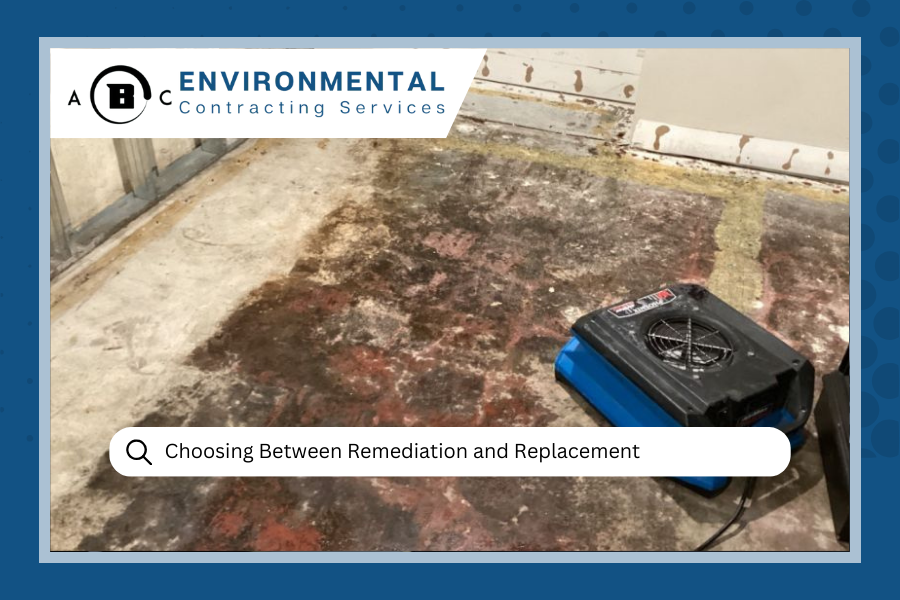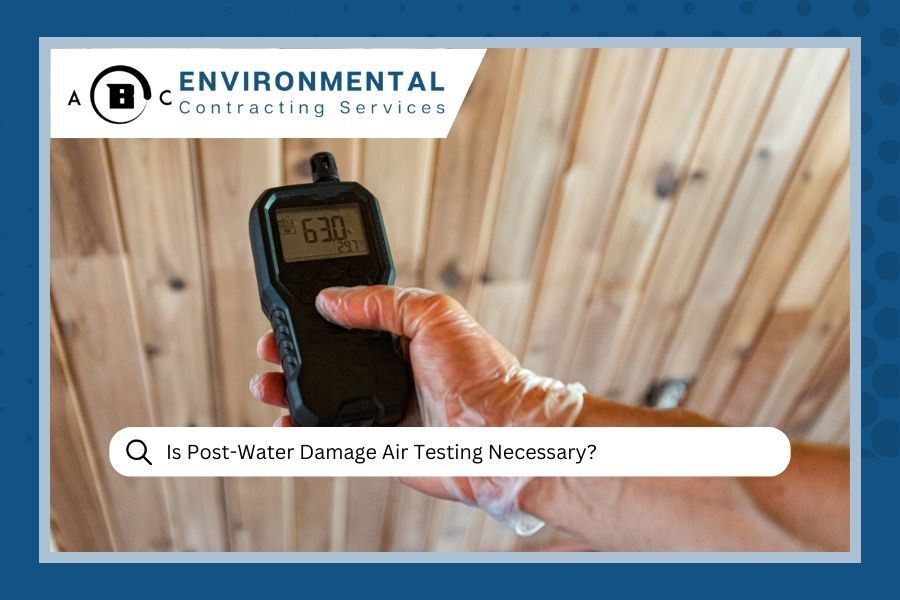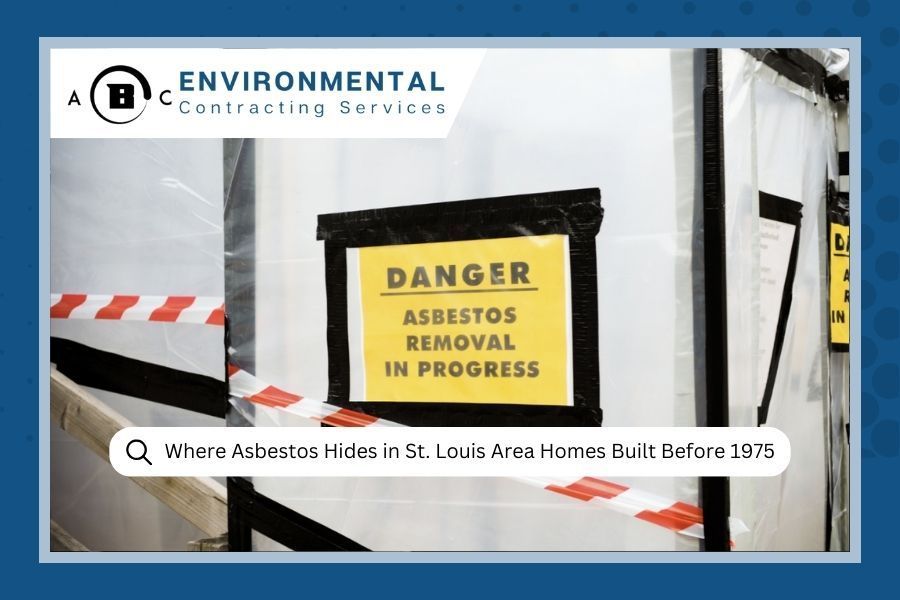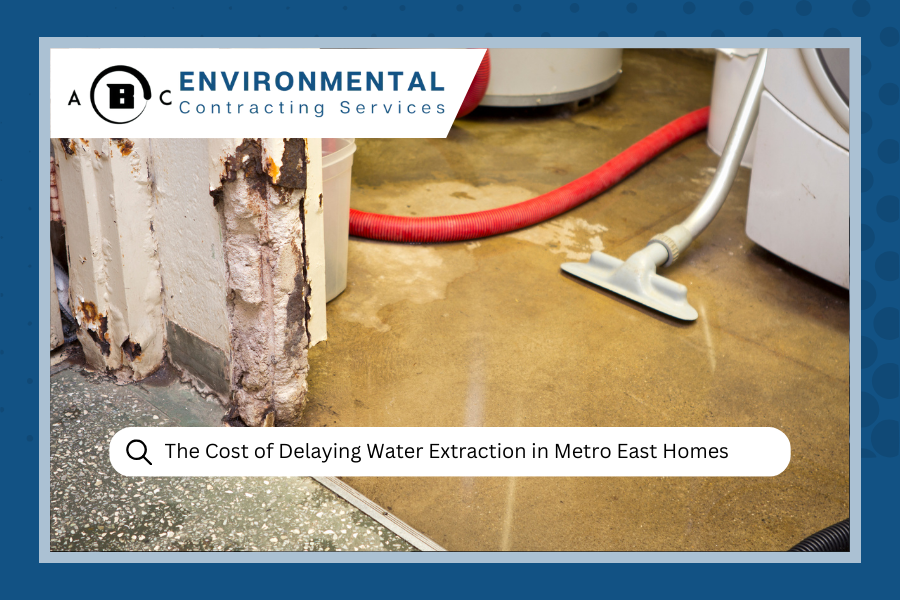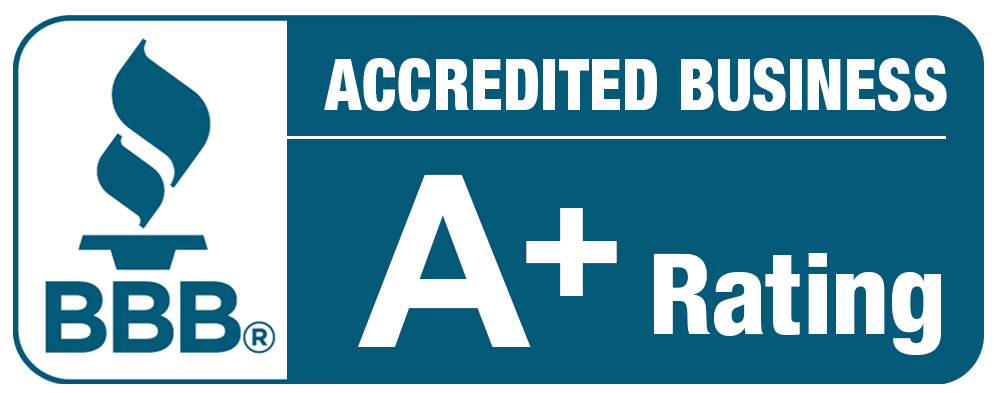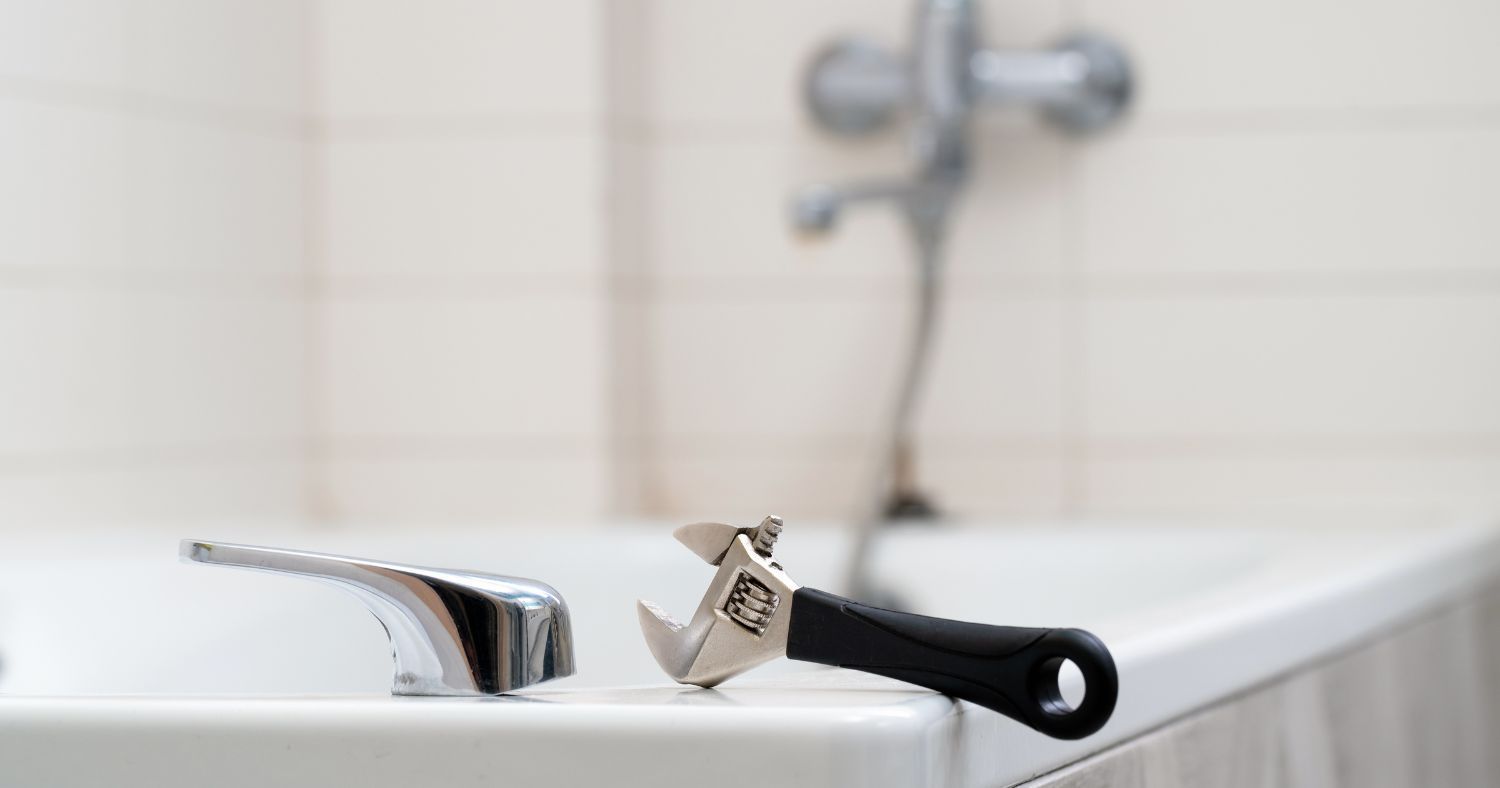
How to Prevent Water Damage Under Bathtub and What Are Its Causes?
Water damage under bathtub is a common but often overlooked issue in many homes. Tackling this problem on time can save you from expensive repairs and potential health harms. If you want to avoid any larger issues you can always ask for professional assistance, such as from a water damage restoration St Louis company or your local constructor.
Dangers of Water Damage Under Bathtub
Water damage under the bathtub involves the deterioration of structural parts due to water seepage. This problem can range from minor leaks to large structural damage. This can lead to expensive repairs if not handled on time. Because of its hidden nature, it’s a more common issue than many homeowners realize and can become severe if left unchecked.
Signs of Water Damage Under Bathtub
If you notice water damage from bathtub early, you can save yourself from complicated repairs and health harms. Here are some key indicators that suggest underlying water issues:
- Visible Mold and Mildew: The presence of mold and mildew is a clear sign of water damage. These fungi develop in damp environments, making their appearance a sign that water is seeping where it shouldn't.
- Discolored or Warped Flooring: Changes in flooring appearance, such as discoloration or warping, are strong indicators of water damage. This usually means that water has got deep into the flooring materials.
- Musty Smells: Persistent musty smells often signal hidden water damage. This odor comes from mold and mildew growth in damp, enclosed areas.
Common Causes of Bathtub Water Damage
Several factors can contribute to water damage under your bathtub. Identifying these causes early can help prevent significant issues:
- Leaky Fixtures and Faucets: Small, constant drips from leaky fixtures and faucets can cause water to accumulate over time. Even the smallest leak, if it is not fixed quickly, can cause water to seep into the flooring and other structural elements, leading to extensive damage.
- Poor Grout and Sealant Maintenance: Grout and sealants around the bathtub are designed to create a waterproof barrier. However, over time, these materials can crack or decay, which allows water to seep through. This seepage can cause damage to the underlying structures, such as the subfloor and wall supports, leading to weakened structural integrity and potential mold growth.
- Drainage Issues: Clogged or improperly installed drains can cause water to overflow from the bathtub. This overflow can seep into the surrounding areas, leading to water damage under the tub.
- Structural Problems: Cracked bathtubs or damaged subfloors are very common sources of water damage. A crack in the tub allows water to escape every time the tub is used, potentially seeping into the floor and causing damage. Similarly, a damaged subfloor can absorb and retain moisture, leading to further deterioration and potential mold growth.
Prevention Tips for Bathtub Water Damage
Preventing water damage under your bathtub is easier and cheaper than dealing with the aftermath. Here are some important tips to help you keep your bathtub area dry and damage-free:
Regular Maintenance and Inspections
It is important to check and maintain your bathtub elements, regularly. Look for any signs of wear and tear, such as rusted fixtures, loose tiles, or cracked grout. Make sure all fixtures, like faucets and showerheads, are in good condition and functioning correctly. You should schedule routine check-ups to catch potential issues early. Regular maintenance not only prevents water damage but also extends the lifespan of your bathtub and bathroom fixtures.
Proper Sealant Application
Applying and maintaining sealant correctly around the bathtub is very important to prevent water from seeping through cracks. Make sure that the sealant is applied evenly along all edges where the tub meets the wall and floor. Over time, sealants can deteriorate, becoming cracked or loose. This stops them from keeping the water contained. Replace the sealant as soon as it shows signs of damage. Use high-quality sealant products and apply them to reduce the risk of water damage.
Fast Repairs
Tackle leaks and damages immediately to prevent minor issues from developing into major problems. If you notice a dripping faucet, a crack in the tub, or any other signs of damage, take action right away. Ignoring these small issues can lead to much larger problems. Quick fixes can save you time, money, and the trouble of dealing with severe water damage.
Steps to Take When You Notice Water Damage
In case the issue is already present, you should take into account the following steps to quickly address it:
- Immediate Actions: As soon as you discover the water damage, the first step is to shut off the water supply to prevent further seepage.
- Contacting Professionals: After taking initial steps, contact professionals for a thorough assessment and repair. Their expertise will make sure that the problem is handled correctly and successfully.
- Documentation and Insurance: Document the damage with photos and notes. Contact your insurance company to understand your coverage and start the claims process. Proper documentation can help in getting the necessary financial support for repairs.
Role of FEMA in Water Damage Restoration
The Federal Emergency Management Agency (FEMA) provides resources and support for dealing with water damage. FEMA offers guidelines and assistance programs to help homeowners manage and recover from damages, such as water damage under bathtub.
You might also be interested in:
- Should You Repair or Replace Drywall with Water Damage?
- What to Do if You Discover Water Damage Under the Sink
- Tips for Minimizing Water Damage to Wood Floors
Contact ABC Environmental Contracting Services for Quick Help With the Water Damage Under Your Bathtub
If you are unsure how to tackle this issue by yourself, do not worry! You can contact ABC Environmental Contracting Services and we will assist you with your water-related problem. You can give us a call at 314-833-8642 or fill out an online form on our website.


